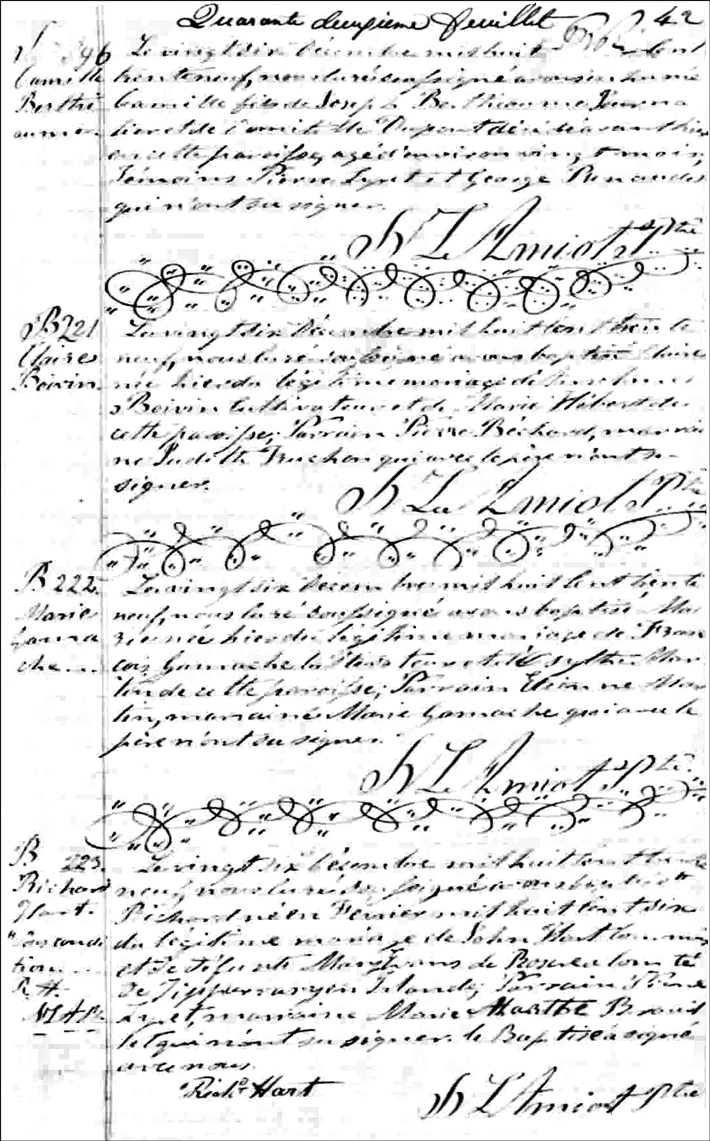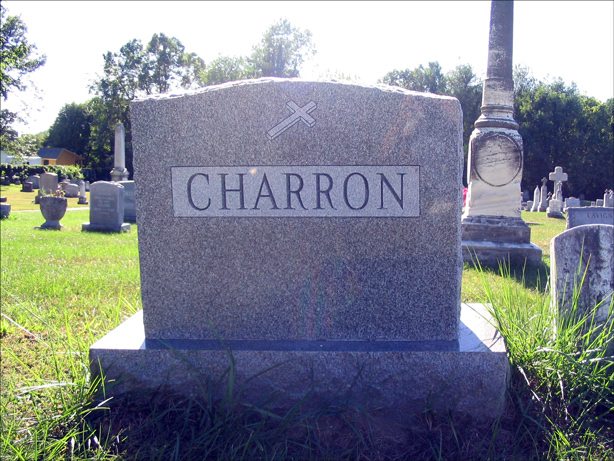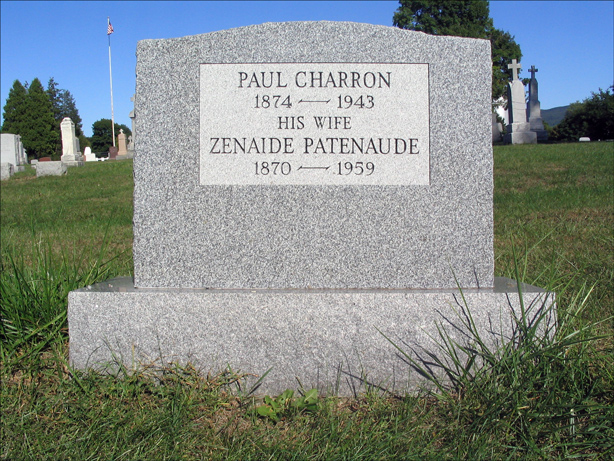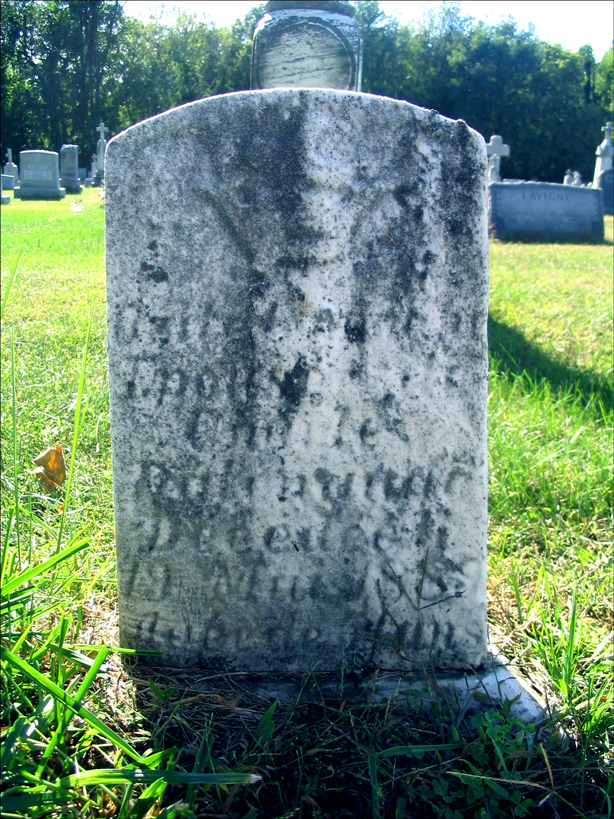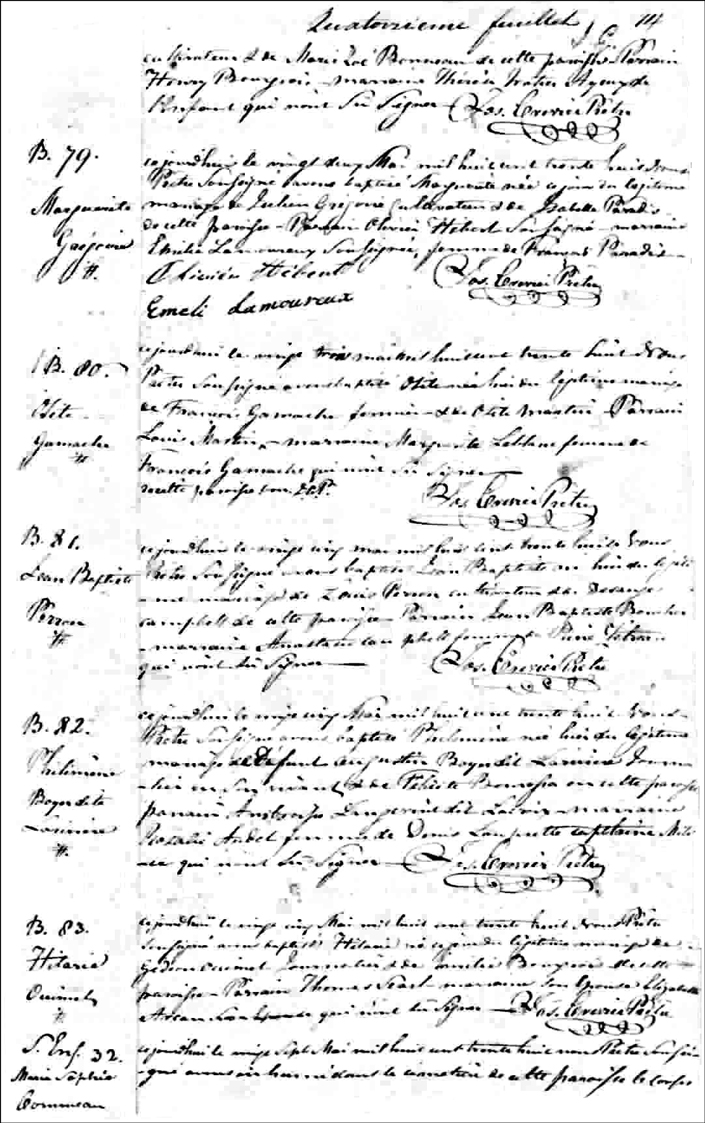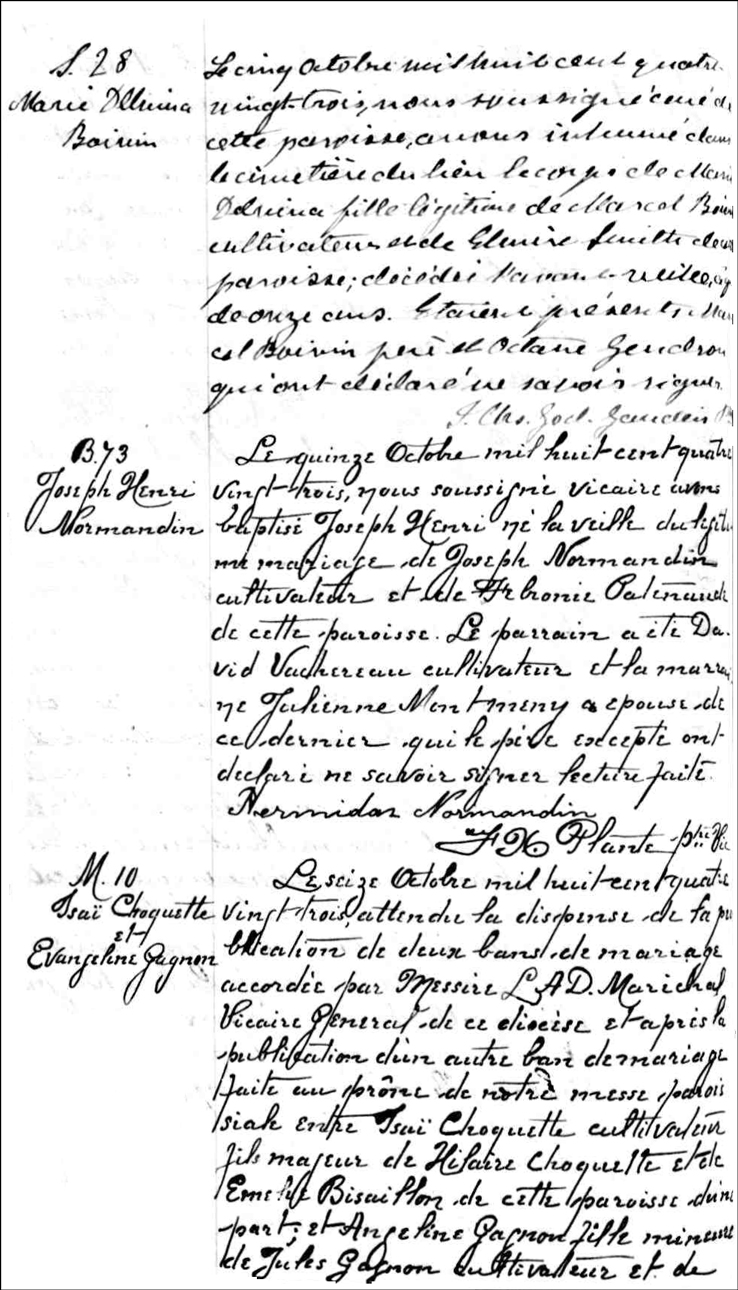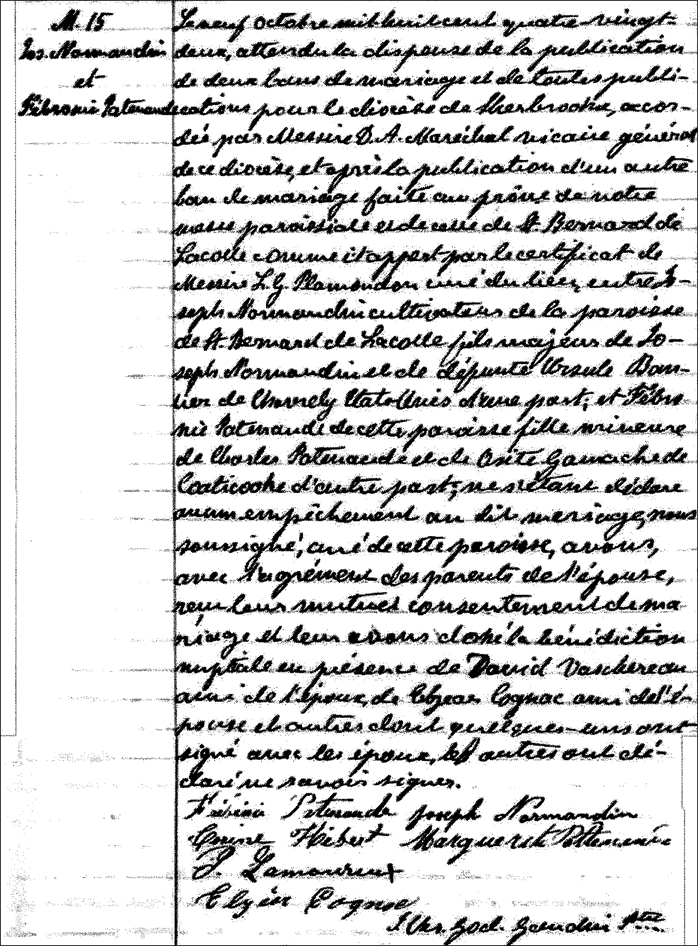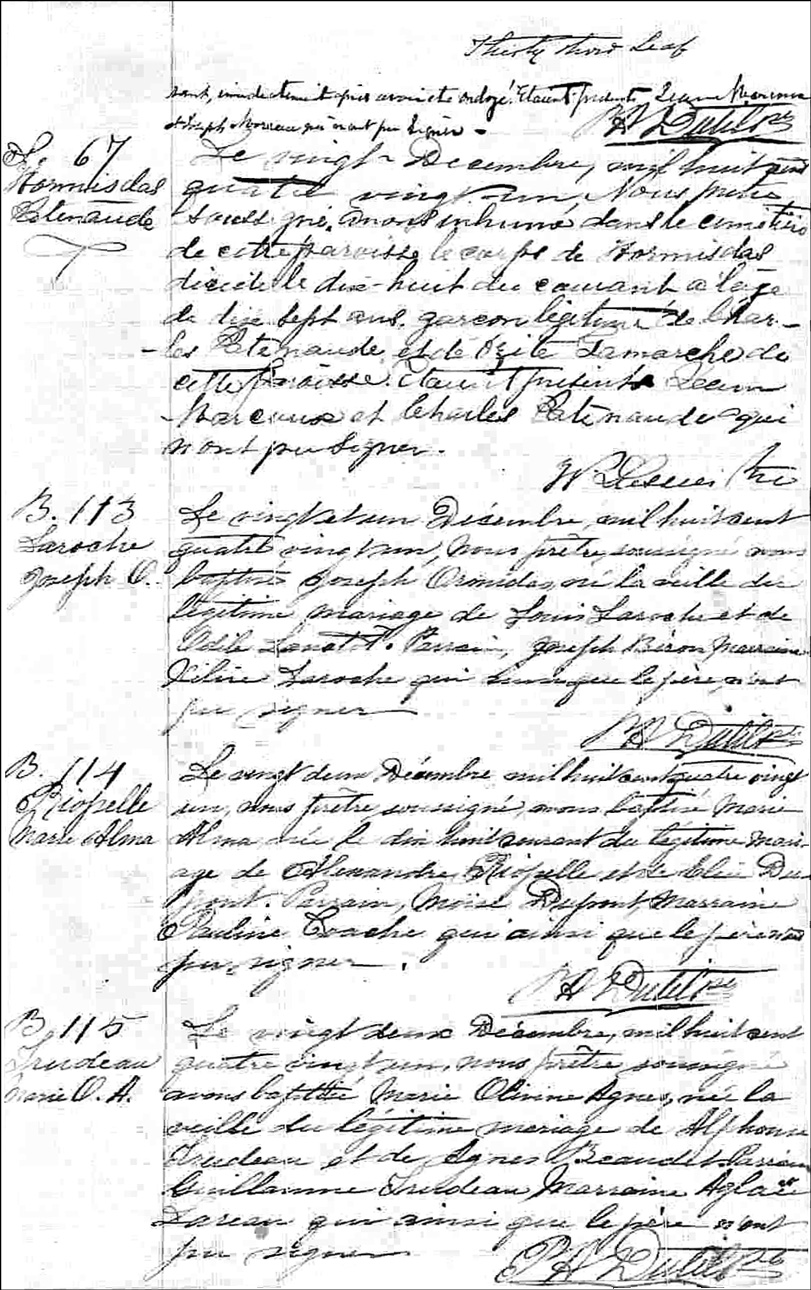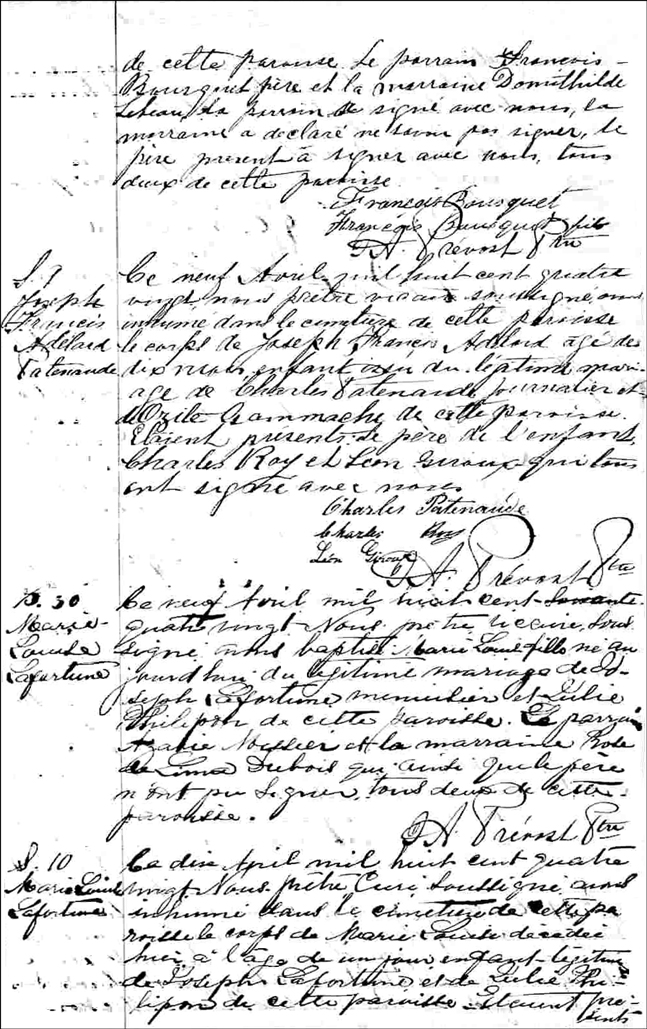I just returned from the all-day seminar and luncheon with Dick Eastman sponsored by The Computer Genealogy Society of San Diego and The San Diego Genealogical Society. I found out about this event from a post on Randy Seaver’s blog. A total of 186 people attended the event, including 45 participants (myself included) who were not members of either of the sponsoring organizations.
I flew down to San Diego last night after work and checked into my hotel. I’d like to extend many thanks to Gloria Osborn for her hotel recommendations!
The venue for the seminar was easy to find, and San Diego traffic was light at 8 AM on Saturday morning, so I was able to arrive at St. Andrew’s Lutheran Church on Lake Murray Blvd in plenty of time to get a good seat at a table with some wonderful people.
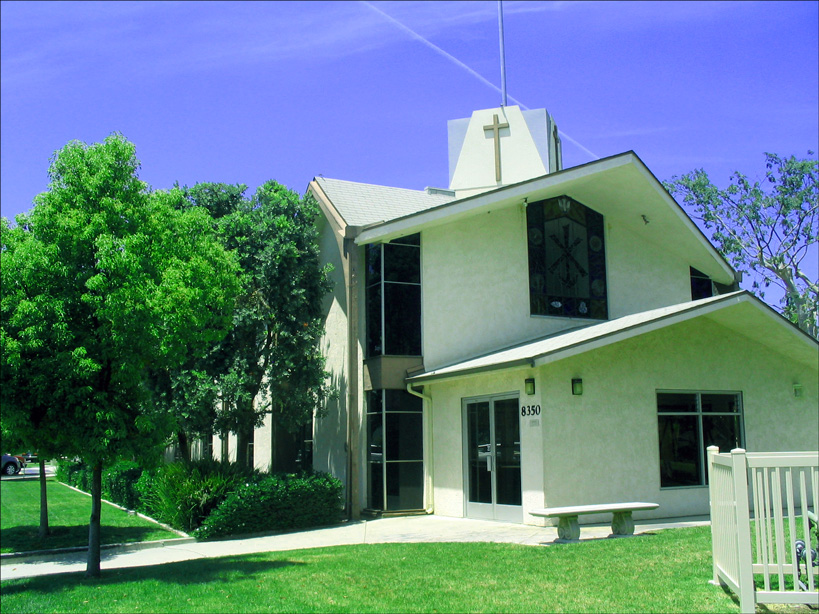
St. Andrew’s Lutheran Church – San Diego
I’ve been a reader of Dick Eastman’s blog for some time now, but this was my first opportunity to hear him speak. Dick is an engaging and entertaining speaker and I learned a lot from his presentations, not only about genealogy, but also about how to keep an audience’s attention during a seminar.
Grandpa in Your Pocket
In Dick’s first presentation, he demonstrated a number of gadgets useful in genealogy research, none of which are designed specifically for genealogy. Among the devices demonstrated and discussed are laptop computers, USB jump drives, digital cameras, portable scanners, personal digital assistants (PDA), global positioning systems (GPS), and communications devices.
The part of the presentation I found most interesting was Dick’s discussion of GPS devices. I have to admit that, when picking up my rental car last evening, I noticed one of the other renters had with him a portable GPS and I thought this was a great device to have when renting a car in an unfamiliar location. Much to my surprise, Hertz had supplied me with a car equipped with a GPS! I don’t remember requesting this upgrade, but there it was, and I was certainly going to use it!
GPS devices range from those with minimal capabilities for minimal cost (about US$90.00) to the outrageously expensive (about US$2000.00 for a device installed in a Lexus). The less expensive devices don’t include maps, but only show a direction of travel arrow and the distance to one’s destination. The more expensive models include maps and show where you are on the map.
Dick described how he located a cemetery (on http://geonames.usgs.gov) and entered the coordinates into an inexpensive GPS device. The device directed him to a location on a dirt road, but he couldn’t see a cemetery at the spot where the GPS declared he had reached his destination. After climbing out of the car and hunting through the undergrowth, Dick was able to find the fallen headstones of the cemetery buried under the brush. Without the GPS, Dick might never have found the cemetery.
The Internet – The Good, the Bad and the Ugly
Dick’s second morning presentation was on the Internet.
The Internet has been around for quite a while, but the World-Wide-Web has only been in existence since 1991. Seventy-three percent of all US adults use the internet.
The Good – Good things on the Internet include email, search engines, news and genealogy. In fact, our lives have adapted to this technology, which offers opportunities to find and share information more easily than ever before. One of the newest opportunities for genealogists are wiki-based sites such as http://www.werelate.org that allow family historians to collaborate with one another.
The Bad – The quality of online genealogical information varies considerably. Some genealogical information on the internet is simply incorrect. Dick pointed out that he wants to see every clue he can find, verified or not. He wants to know every piece of guesswork, every hypothesis. Genealogists should assume that they must personally verify the information they find, regardless of the source.
The Ugly – Cons and scams have been around for a long, long time. With the advent of the internet and the world-wide-web, con artists simply have a new media in which they can attempt to exploit others. Pseudo-genealogy websites advertising millions of genealogy records turned out to be simply a collection of links to other websites. Email spam and phishing are other common scams.
At this point in the program, we broke for the buffet luncheon, supplied by Cupids Catering of El Cajon, California. The food was absolutely wonderful, and the lunchtime conversations were quite enjoyable, too. And then, it was time for Dick’s afternoon presentations.
Google for Genealogists
Dick’s first presentation of the afternoon was on some of the ways genealogists can use Google in their research.
Google searches static web pages. Google will not find information on dynamic web pages, and so will not find the information embedded within sites like ancestry.com and familysearch.org.
Google searches on a maximum of ten words and ignores trivial words (such as “a” and “the”). Dick showed how to use quotation marks to search for specific phrases, how to use Boolean operators such as “and”, and how to use parentheses to further specify the parameters of a search.
Of particular interest were the advanced operators that Dick discussed, such as intitle:, inurl:, inanchor:, site:, link:, cache:, daterange:, and filetype:. More details on these advanced operators can be found at http://www.google.com/help/operators.html . To name a few, these operators can help narrow a search to just searching for terms in the title of a webpage, just within a single website, or just within a specific date range.
Information on Google advanced search can be accessed at http://www.google.com/help/refinesearch.html , and all sorts of support for using Google can be found at http://www.google.com/support/ .
Dick finished up this presentation by discussing the Google book search to find books and even download complete books that are out of copyright. More information on this feature can be found at http://books.google.com/intl/en/googlebooks/about.html .
Putting the Genes in Genealogy
What genetic traits did we inherit from our ancestors? What can we learn about our relationships through the analysis of DNA? Dick mentioned that DNA analysis is better at disproving relationships than it is at proving relationships. While comparing our DNA to that of our ancestors is not possible, we can certainly compare our DNA to that of our living relatives.
The advent of genetic genealogy led Dick to speculate on the possibility that DNA evidence could lead us to reconsider accepted lines of descent.
DNA can provide information about inheritance of certain diseases, and may help families decide on treatment options to save the lives of loved ones who may have risk factors for inherited diseases.
I didn’t have much time to socialize after the conclusion of the seminars. I drove back to the airport to catch my flight home, and I must say that San Diego is certainly a traveler-friendly city. There are gas stations close to the rental car lots, making it convenient to refuel before returning a rental car. The airport is efficient, the crowds are small, and the options for getting a bite to eat in the airport before boarding the plane are plentiful.
And the weather? Absolutely perfect. Perhaps I should have stayed the rest of the weekend.

